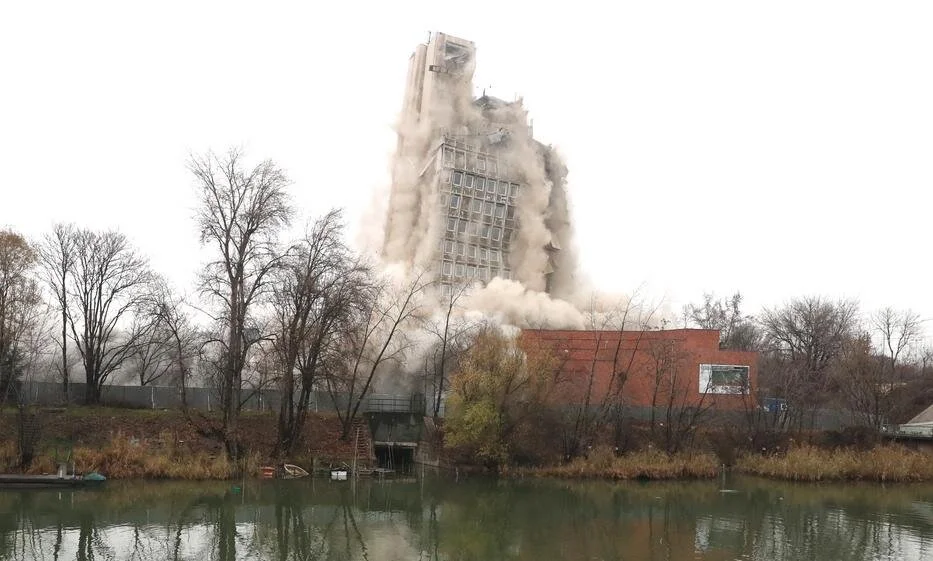MAP shows where you should never build anything ever in Hungary

The Institute of Earth Physics and Space Science (ELKH EPSS) in cooperation with GEOMEGA Ltd. drew the first seismotectonic map of Hungary. It clearly shows territories you should never build anything in the country even though Hungary’s earthquake activity is moderate.
According to the Hungarian News Agency (MTI), the Institute of Earth Physics and Space Science (ELKH EPSS) and GEOMEGA Ltd. shared Hungary’s seismotectonic map, which they created using satellite data, and prior geophysical measurements.
The work lasted four years, based on the information from the ELKH EPSS. The new map shows “young and active” fault lines in Hungary. Furthermore, you can also check out the distribution of earthquakes and source mechanisms. Moreover, you can see territories under threat by earthquakes in Hungary. You can check out the map in THIS article, it is the first photo by PTI Communications.
The Nemzeti Kutatási, Fejlesztési és Innovációs Hivatal (National Research Development and Innovation Office) supported the project with HUF 200 million (EUR 503 605).
Hungary’s earthquake activity is moderate, the ELKH EPSS highlighted in their statement. However, that does not mean that all earthquakes remain moderate. It only states that severe earthquakes are rare. For example, we know multiple great earthquakes that caused significant damage and claimed lives. For instance, on 12 January 1956, an earthquake destroyed villages south of Budapest, including Csepel, the capital’s 21st district. On top of that, two people died.
Statistical analysis shows earthquakes stronger than 5 on the Richter scale occur once every 40-50 years. Ipolyinfo.com writes that, in Hungary, earth tremors below 2.5 are typical. Their number can reach even 120 per year, but they cause no damage.
However, in some cases, even one of that kind may cause considerable damage. For example, if it takes place near the nuclear power plant of Paks. That is why experts and architects should know when, why, where they may occur and what mechanism they follow.
The first and most effective line of defence against earthquakes are buildings designed to withstand them. That is why the map helps future designers and architects since it shows where they should consider that option in Hungary. It will also help national infrastructure design processes.
Source: MTI, ipolyinfo.com





